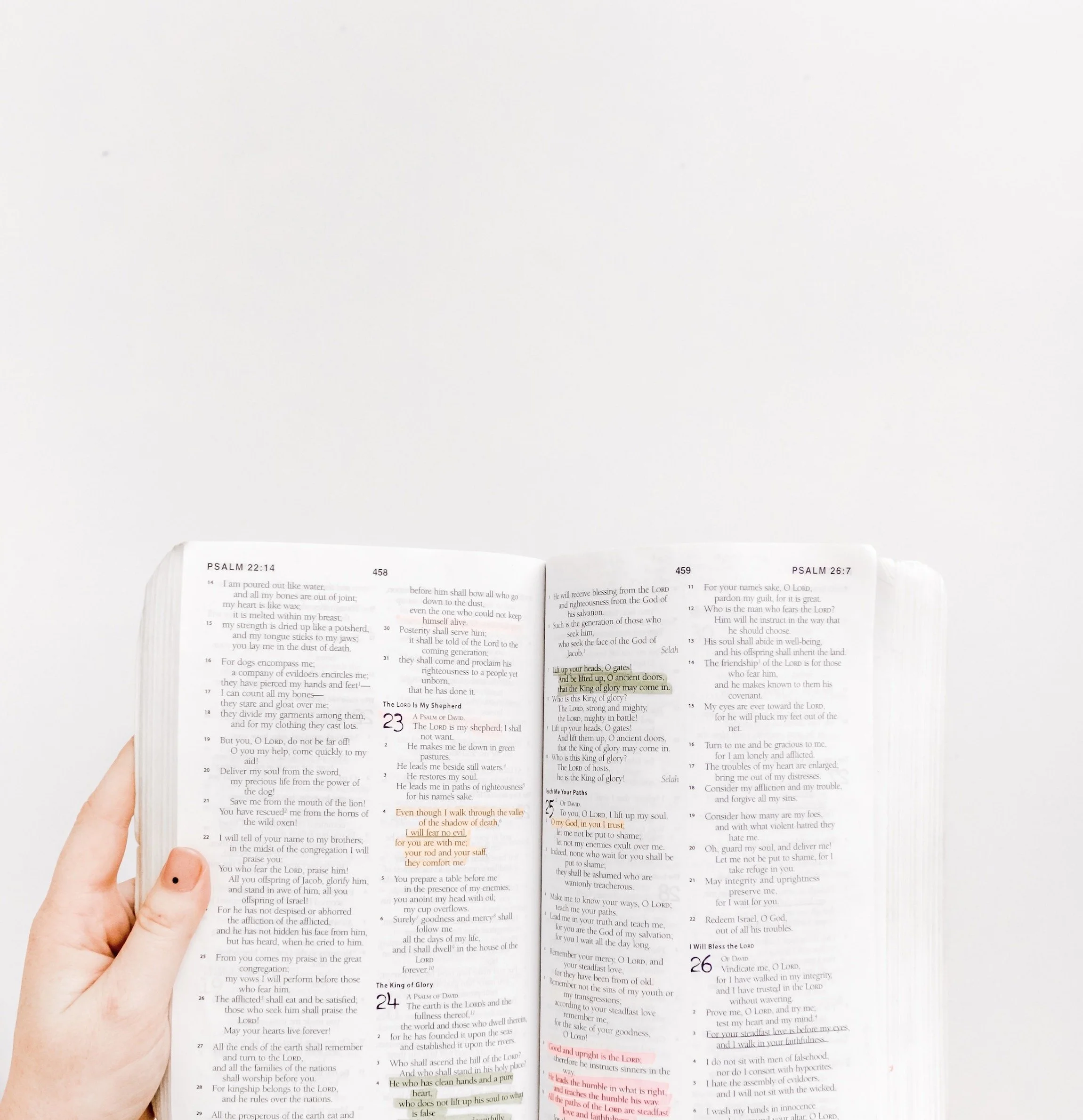Paper Dates
He sat down, he took pen and paper, because he loved Lucy and had much to say to her; because he was faithful and thoughtful, because he was tender and true.
- Charlotte Brontë, Villette
My husband returned home after a day away yesterday and remarked, “there are always two things I notice after not seeing the kids for a whole day. One is that they’re so cute. The other is that they’re so loud. There’s always at least two people talking at the same time. It’s actually quite hard to give one person your entire attention.” That comment came to mind later that night, when my husband was trying to tell me something about the boys while at the same time our five-year-old was showing me a collection of realistic drawings she had done of important items (fidget spinner, doll brush) and our eleven-year-old was explaining how her seat had changed at school such that she was now surrounded entirely by boys (unclear if this was good or bad).
“As content has grown increasingly abundant and immediately available, attention becomes the limiting factor in the consumption of information. A strong trigger of this effect is that the mental capability of humans is limited and the receptiveness of information is hence limited as well.”
Our world these days trades in the currency of attention: our problem is not scarcity of information, but of attention. Our mental engagement is the limited and valuable commodity for which we are solicited, through systems that are designed to attract it with ads, spam, click-bait, emails, notifications, sponsored posts, and more. Our attention determines where we direct our time, thought, energy, money, creativity. Our attention shapes our connections.
The attention economy is particularly at work in large families, where we become so habituated to multi-tasking that it is rare to focus our attention solely on one person. Various practices can prompt us to do so: a bedtime routine, rules about not interrupting during conversations, asking for individual prayer requests during family devotions. But our kids’ favorite thing is to go on dates alone with one of us, probably because they get to buy a dessert or drink. Even though I often wonder how deep a conversation with a kid over hot chocolate can be, I’m always surprised by what they share when they have my undivided focus. Even if nothing notable is discussed, those times are deposits that make communication during difficult moments at home a bit easier.
When the pandemic closed coffee shops and restaurants, dates became replaced by something else: the exchanging of notes. I had already been writing with our oldest; she thrives on words of affirmation, and I found that receiving an encouraging letter was something she really valued. Over the years, the letters evolved into a safe place for her to share anxieties or questions. As she entered puberty, we even had a journal devoted just to questions she had about sex.
I asked our second oldest to write me a note for writing practice while teaching from home during the early months of the pandemic, and soon the other children wanted to join. I gave them each an empty sketchbook: I write a note to them and leave the book on their bed, then they write back and leave the book on my desk. I typically ask one question each time; the younger ones in particular like being prompted (“what is your favorite Wings of Fire dragon?” “What is your favorite flavor of gum?” and other deep topics).
The notes have continued now for nearly a year, and I’ve found them helpful in two ways: first of all, writing gives the kids a chance to express things that might be harder to say, or to find the right time to say, in person. Often this is an emotion (“I am mad.”) or a worry (“can you pray for my swim meet?”). Sometimes it’s an ask (“can you hug me more?” “can you reserve this book from the library?”). But secondly, the notes prompt me to give each child my undivided attention. They’re like little analog push notifications: when they show up on my desk, I’m reminded to give that child a moment of undistracted attention. And that is something I can be sorely in need of these days.






